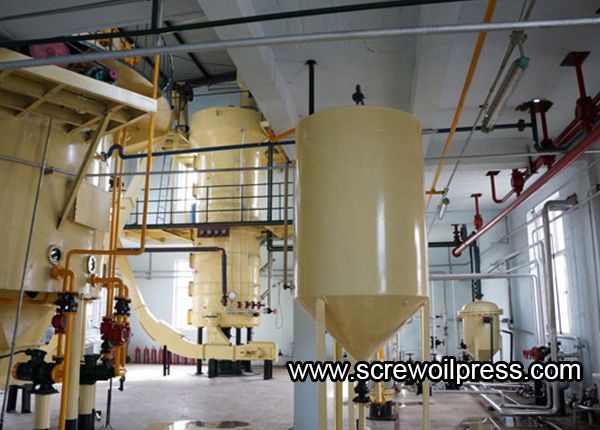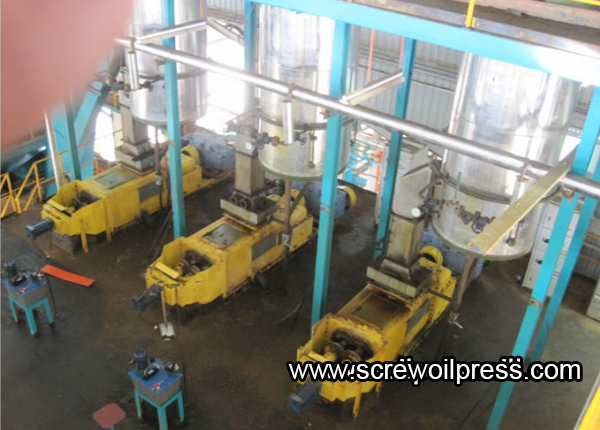- Oil Mill Machinery
- Oil Refinery Machinery
- Oil Processing Plant
- Solvent Extraction Plant
- Animal Oil Processing Machine
- Feed Processing Machine
- Palm Oil Mill
- Industrial Drying Machine
- Grain Processing Machinery

NEWS
The Meaning And Mechanism Of Dewaxing
Time:Mon-11-21 hits:

The meaning of dewaxing:
The oil contains trace amounts of wax fat, which will increase the cloud point of the oil, reduce the transparency and digestion and absorption rate of the oil, and make the smell and palatability worse, thereby reducing the edible quality, nutritional value and industrial use value of the oil.
In addition, wax is an important industrial raw material, which can be used to make wax paper, waterproofing agent, glossing agent and so on.
Removal and extraction of wax from oils can not only improve the quality of edible oils, nutritional value and the quality of oily foods, but also improve the industrial use value of oils and the purpose of comprehensive utilization of vegetable oil wax sources.
There are many dewaxing methods: conventional method, solvent method, surfactant method, combined degumming, deacidification method, etc., in addition to coagulant method, urea method, electrostatic method, etc.
Although the auxiliary methods used in various methods are different, the basic principles all belong to the category of freezing and crystallization and then separation.
That is, according to the melting point difference between wax and grease and the solubility (or decomposition) of wax in grease decreases with temperature, the crystalline wax (or wax and crystallization aid mixture) is precipitated by cooling, and then filtered or centrifuged. To achieve the purpose of oil-wax separation.
Mechanism:
The presence of acyl groups in wax molecules makes the wax weakly polar, so wax is a lipophilic compound with weak hydrophilic groups.
When the temperature is higher than 40℃, the polarity of wax is weak and it dissolves in grease. As the temperature decreases, the mobility of wax molecules in the oil decreases, and the polarity of the ester bond in the wax molecules increases, especially below 30℃ At this time, the wax crystallizes out and forms a relatively stable colloidal system. When the low temperature continues, the wax crystals condense into larger crystal grains, and the density increases to form a suspension.
It can be seen that the interfacial tension between oil and wax changes with temperature.
There is an inverse relationship between the size of the interfacial tension and the viscosity, which is the theoretical basis why the dewaxing process must be carried out at a lower temperature.









